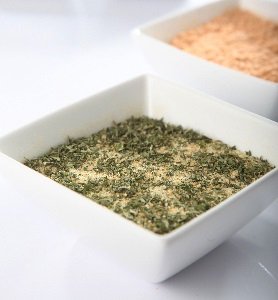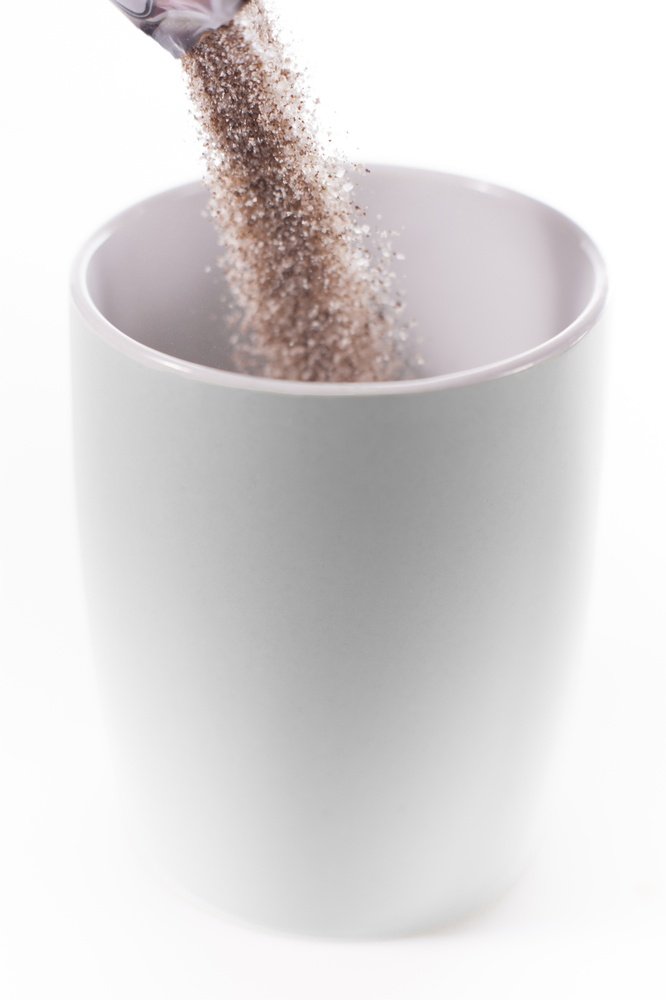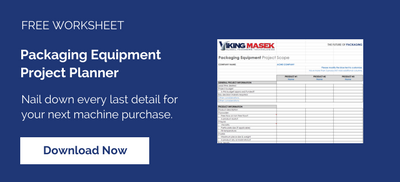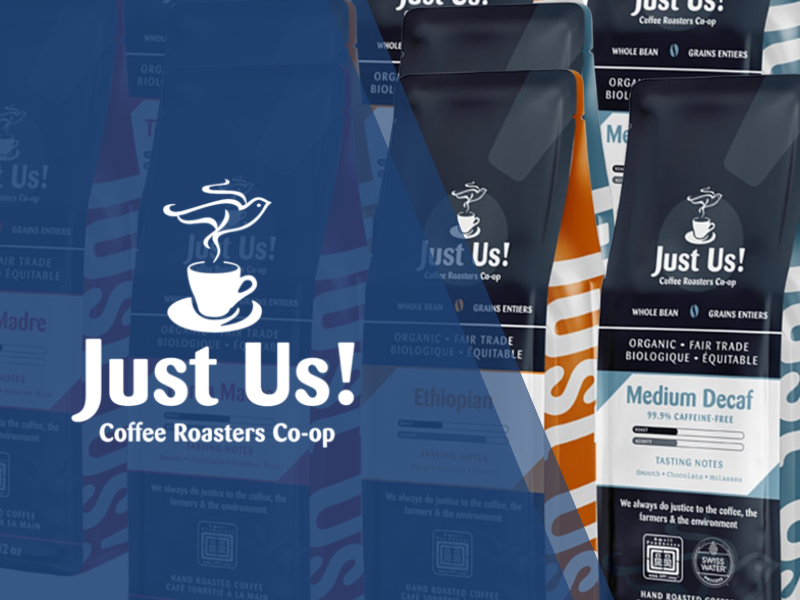Powder Packaging Essentials: 3 Important Points to Consider
 Whether it be spices, protein or milk powder, drink mixes, or pharmaceutical/nutraceutical products, powder packaging remains Viking Masek's largest packaging equipment market, comprising almost a third of our packaging machine installations.
Whether it be spices, protein or milk powder, drink mixes, or pharmaceutical/nutraceutical products, powder packaging remains Viking Masek's largest packaging equipment market, comprising almost a third of our packaging machine installations.
With convenience products becoming increasingly popular, we expect the powder packaging market to grow even more in areas like pre-packaged spice blends to add to meals, instant coffee and drink mixes, legal cannabis products, and portable protein powders.
When it comes to powder packing, there are three main things your packaging equipment manufacturer needs to know to provide the best powder packaging solution for your specific application.
Planning a powder packaging equipment project?

Free-Flow or Non-Free-Flow, That is the Question
A powder product is considered free-flowing when its particles are not cohesive. Examples of this are granulated sugar or table salt, which 'flow freely' when dispensed. Adding extra pressure usually will not compact these types of powders, and they usually don't hold their shape when manipulated.
A powder product is considered non-free-flowing when the particles are cohesive. Examples of this are brown sugar or powdered milk, which tend to hold their shape when manipulated and can be compacted under pressure.
A (very unscientific) way to determine if something is free-flow or non-free-flow is "the finger test". Simply poke your finger into a container of the powder product. If the product compresses and still shows the indentation of your finger after you remove it, then it is likely non-free-flow. If, when removed, your finger leaves no lasting indentation, it is likely a free-flow powder product.
 Determining whether your product is free-flow or non-free-flow is vital to the success of your powder packaging project. In particular, it affects the type of filler your product requires to properly dispense your powder product into its packaging.
Determining whether your product is free-flow or non-free-flow is vital to the success of your powder packaging project. In particular, it affects the type of filler your product requires to properly dispense your powder product into its packaging.
Free-flowing product easily falls with the force of gravity while non-free-flowing product needs to be properly compacted and 'helped along' during packaging because of its cohesive properties, necessitating entirely different filling systems to convey the products properly. In general, free-flow powder packing projects can utilize volumetric or free-flow auger product fillers, while non-free-flow powder packaging necessitates an auger filler specialized to properly dispense cohesive products.
Dusty Products Require Special Powder Packaging Considerations
Consider a non-free-flow powder product like flour. When flour is dispensed, inevitably a dust cloud is formed. Anyone who has ever worked with this type of product knows how far these particles can travel, and how they cling to almost any surface.
Now consider this in the context of powder packaging machinery; serious mechanical issues can occur as a result of loose airborne particulates. Thus, certain powder packaging machinery options are recommended when a powder product is dusty:
- An enclosed jaw drive on the packaging machine, like our VFFS M250, will protect integral moving parts that drive the sealing jaws.
- A packaging machine IP rated to be dust protected or dust tight, like our VFFS ES400, will prevent particulates from entering machine enclosures.
- A dust extraction device or dust hood will help remove airborne particulates at the source.
- High-speed continuous motion packaging, like with the VFFS Velocity, maintains a constant downward airflow which helps direct stray particulates into the package where they belong.
Why Bulk Density Matters in Powder Packing
The bulk density of a powder product conveys both the 'flowability' of the powder and how much it may compact when under pressure. A basic formula used to compute bulk density is total mass divided by total volume, although there are other methods and devices that can compute bulk density to a higher accuracy. Bulk density is customarily represented as g/cm3.
Free-flowing, dry powder products like granulated sugar usually will not compress very much and have a low bulk density. Non-free-flow, cohesive products like brown sugar have a higher bulk density that will get even higher when compacted.
So what does bulk density have to do with powder packaging machinery? As an extreme example: Consider packaging 50g of moist sand vs. 50g of roasted coffee beans. Both weigh the same at 50g, but the package dimensions and types will be vastly different because of the amount of empty space around and inside of the products. The sand contains less empty space and is more compressed within the package, allowing for a smaller pouch. The coffee beans contain much more empty space and do not compress much at all, necessitating a much larger pouch.
This is where bulk density becomes an important consideration when packaging powders: It has a direct influence on pouch sizes and attributes, the type of filler required, as well as the packaging speeds that can be attained.
Powder Packaging Experts
As our number one application, we consider powder packaging machinery one of our areas of greatest expertise. We have successfully installed our packaging equipment in plants with powder packing projects like:
- Powdered drink mix packaged in sticks with easy-open tear notches
- Spices in small sachet bags to be added to packaged premade meals
- Protein and milk powders packaged in resealable premade pouches
- Fractional packs of coffee processed in a dusty environment
- Stick packaging for co-packagers of both free-flow and non-free flow powder product
Powder Packaging Equipment Project Worksheet
Make sure your powder packaging equipment project goes off without a hitch - download our free planner that will help you define over 50 key details vital to the success of your equipment acquisition.





